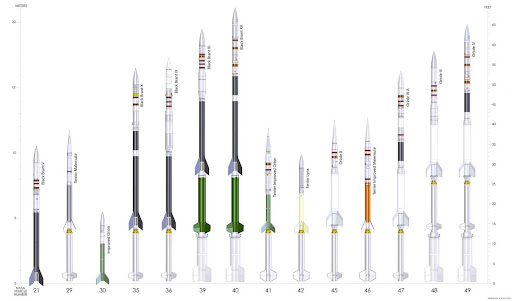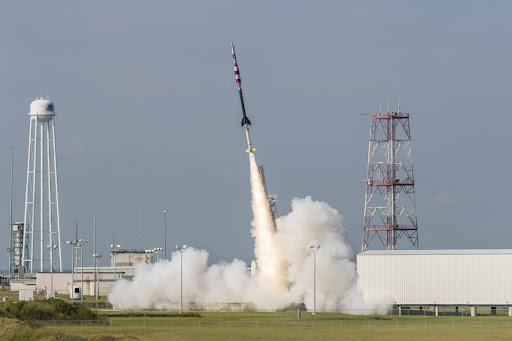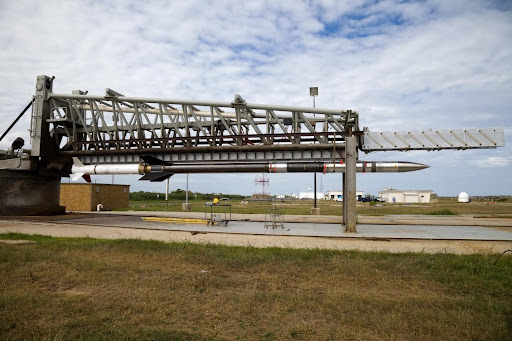Sounding rockets, often hailed as the unsung heroes of space exploration, play a pivotal role in unravelling the mysteries of our upper atmosphere and beyond. These one or two-stage solid propellant rockets are not just tools for scientific inquiry but also serve as cost-effective platforms for testing new space technologies. Let’s delve into the fascinating world of sounding rockets and their contributions to space research.

The genesis of India’s foray into sounding rockets traces back to the establishment of the Thumba Equatorial Rocket Launching Station (TERLS) in 1963. Situated near the magnetic equator in Thumba, Kerala, this launch station became a catalyst for aeronomy and atmospheric sciences in the country. The inaugural launch on 21 November 1963 marked a significant milestone in the Indian Space Programme, propelled by the use of imported two-stage rockets like the M-100 from Russia and the Centaure from France.
At Space India, Through the Space Explorers Workshop Hydro rocketry session, Participants are introduced to the concept of rockets as space vehicles and how they operate. They are shown and introduced to a Hydro Rocket, including its many components and operations. Finally, a hydro rocket is launched in the playground to show how it works. Students are astounded to witness the Hydro Rocket lift-off high into the sky. Participants design, build, and launch simple Hydro Rockets using plastic soft drink bottles, cardboard, tape, glue, and other readily available materials.
One of the key advantages of sounding rockets lies in their ability to carry scientific instruments into space along a parabolic trajectory. Despite their brief tenure in space, typically lasting 5-20 minutes, these rockets offer a window of opportunity for precise scientific experiments. This brevity, coupled with lower vehicle speeds, is ideal for conducting targeted observations and measurements.
Moreover, sounding rockets occupy a unique niche in space exploration by accessing regions too low for satellites. These rockets become invaluable for probing specific atmospheric layers or conducting experiments in challenging environments. Unlike orbital missions, sounding rockets do not venture into orbit, eliminating the need for expensive boosters and extensive telemetry systems. Consequently, mission costs are significantly lower, making them an attractive option for scientific research.

The versatility of sounding rockets further enhances their appeal. With a high degree of commonality across missions, scientists can focus on developing innovative payloads rather than reinventing the entire rocket system. This streamlined approach not only saves time but also fosters rapid response to emerging scientific phenomena. For instance, the swift deployment of sounding rockets enabled scientists to observe events like the Shoemaker-Levy comet’s impact on Jupiter, showcasing the agility of this platform in capturing groundbreaking discoveries.
Another compelling aspect of sounding rockets is their quick turnaround time for payload development. In some cases, payloads can be developed in as little as three months, allowing scientists to incorporate cutting-edge technology and respond promptly to evolving research needs. Furthermore, the recoverability of payloads in certain missions spreads out the costs of experiments and subsystems, making each mission cost-effective and sustainable.
In essence, sounding rockets epitomize efficiency and innovation in space exploration. From probing atmospheric dynamics to testing novel space technologies, these rockets continue to unlock new frontiers of knowledge. As we celebrate their contributions to scientific discovery, the legacy of sounding rockets underscores their indispensable role in shaping our understanding of the cosmos.


—
If you like the blog, enrol your school or yourself (k-12 student) in our School Programs or Online Programs, call us at +91-74020 74020 or write to us for any query: getintouch@space-india.com

